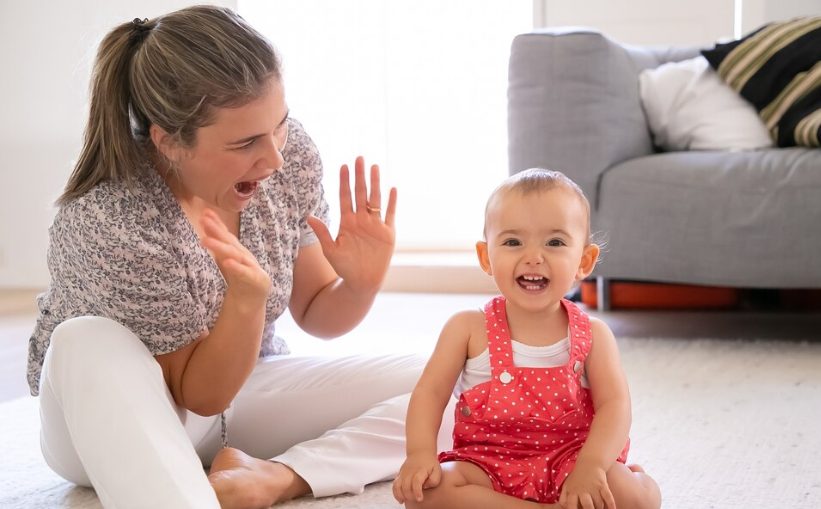
Picture this: Your child looks you in the eye for three whole seconds during snack time. They pick up their favorite toy without being prompted. They say “hi” to their sibling – maybe not the enthusiastic greeting you dreamed of, but a genuine “hi” nonetheless.
Welcome to the beautiful world of silent victories in ABA therapy, where every tiny triumph deserves a celebration bigger than your child’s last birthday party!
Understanding the ‘Why’ Behind ABA Therapy
ABA therapy (Applied Behavior Analysis) works like a master puzzle solver, breaking down complex skills into bite-sized, manageable pieces. Think of it as teaching your child to climb the stairs by showing them one step at a time, rather than expecting them to leap to the summit.
ABA therapy benefits extend far beyond what meets the eye, creating a foundation for lifelong learning and independence.
Research on different ABA methods, programs, and models, along with studies on its traditional applications, shows strong evidence of ABA’s benefits for children and youth with ASD. Findings highlight improvements in cognitive abilities, language development, and adaptive skills (Eldevik et al., 2009; Virués-Ortega, 2010).
Because of this scientific support, ABA is recognized as a “best practice” and is officially endorsed by leading governments across the world.
How Does ABA Therapy Work?
How does ABA therapy actually work? It’s simpler than assembling your child’s latest toy (and thankfully, no mysterious leftover screws!). A trained BCBA (Board Certified Behavior Analyst), in addition to expert IBAs and QBAs, such as those working with Early Autism Ventures, design individualized programs that focus on:
– Positive reinforcement – rewarding desired behaviors to increase their frequency
– Teaching functional communication skills
– Reducing challenging behaviors through understanding their purpose
– Building social interaction abilities
– Developing daily living skills
Speak with our expert clinician today at +91 89291 53820 or schedule a FREE consultation right away
The beauty of positive and negative reinforcement ABA therapy lies in its scientific approach. Positive reinforcement adds something pleasant (like praise or preferred activities) to increase behavior, while negative reinforcement removes something unpleasant to achieve the same goal. It’s not about punishment but about creating an environment where success feels natural and rewarding.
Celebrating Those Precious Small Steps
The Eye Contact Victory
Sakshi’s mom remembers the day her 4-year-old daughter maintained eye contact during their morning routine. “It lasted maybe two seconds, but I felt like we’d won the lottery,” she shares. This seemingly small moment represents hours of dedicated ABA therapy progress and the patient work of skilled therapists at EAV who understand that meaningful connections start with these fleeting glances.
The Communication Breakthrough
When their 6-year-old said “help” instead of having a meltdown during a difficult task, his parents knew their investment in autism ABA therapy was paying dividends. His BCBA had been working for months using positive reinforcement strategies to build his communication skills. Sometimes the smallest words indeed carry the biggest victories!
The Social Skill Milestone
Rohit’s first unprompted “thank you” to the grocery store clerk might have seemed ordinary to other shoppers, but his parents understood the months of practice that led to this moment. Social skills don’t develop overnight, but with consistent ABA therapy, children learn to navigate social situations with increasing confidence.
Ready to take the next step? Schedule a FREE consultation right away
The Science Behind Small Steps
Research indicates that early intensive ABA yields statistically significant improvements in cognitive ability and adaptive behaviour after two years compared to standard care. While the intensity might seem overwhelming, remember that progress happens in small, measurable increments that compound over time.
But here’s what the numbers don’t capture – the joy in a parent’s heart when their child spontaneously hugs them, or the pride when they see their little one playing alongside peers!
ABA progress monitoring ensures that every small step builds toward meaningful goals. Therapists collect data on various behaviors, tracking improvements that might otherwise go unnoticed. This systematic approach helps families see progress even during challenging periods when advancement feels slow.
How does ABA therapy work toward long-term success?
By building a foundation of small, consistent victories that compound into significant life changes. Children who experience success in ABA therapy often develop increased confidence, better emotional regulation, and stronger relationships with family members and peers.
Research published in Behavior Modification shows that the skills learned through positive and negative reinforcement ABA therapy often maintain and even improve over time. This means that today’s silent victory could be tomorrow’s stepping stone to independence.
How to Make ABA Therapy Work for Your Family
ABA therapy benefits extend beyond the therapy room when families embrace the principles at home. Parents become partners in their child’s progress, learning to recognize and reinforce positive behaviors throughout daily routines. The magic happens when positive reinforcement becomes a natural part of family interactions.
Tips for Recognizing Silent Victories:
– Document small improvements with photos or videos
– Celebrate consistency in previously challenging situations
– Notice improvements in duration, frequency, or independence
– Acknowledge emotional regulation progress
– Recognize generalization of skills across different settings
How Early Autism Ventures (EAV) Amplifies These Victories
At Early Autism Ventures (EAV), we understand that every child’s journey with autism is unique, and we celebrate each silent victory alongside families. Our team of experienced BCBA (Board Certified Behavior Analyst) professionals specializes in creating individualized ABA therapy programs that honor your child’s specific needs and learning style.
EAV’s comprehensive approach to autism ABA therapy combines evidence-based practices with compassionate care. We don’t just focus on changing behaviors – we build relationships, foster communication, and create environments where children naturally want to learn and grow. Our ABA progress monitoring system ensures that families stay informed about their child’s development, celebrating every milestone along the way.
What sets EAV apart is our commitment to family-centered care. We train parents and caregivers to implement positive reinforcement strategies at home, extending the benefits of therapy into everyday life. Our ABA therapy benefits include not just skill development for children, but also empowerment for families who become confident advocates for their children’s needs.
Your Child’s Journey Starts with One Small Step
So, don’t wait another day to give your child the specialized support they deserve. Every moment is an opportunity for growth, and every small step matters in your child’s developmental journey.
Speak with our clinician today at +91 89291 53820 or schedule a FREE consultation to begin your child’s journey toward independence, communication, and joy. Because every child deserves to experience the confidence that comes from silent victories turning into triumphant successes.
Your child’s brightest future starts with one phone call. Let’s celebrate their next victory together!


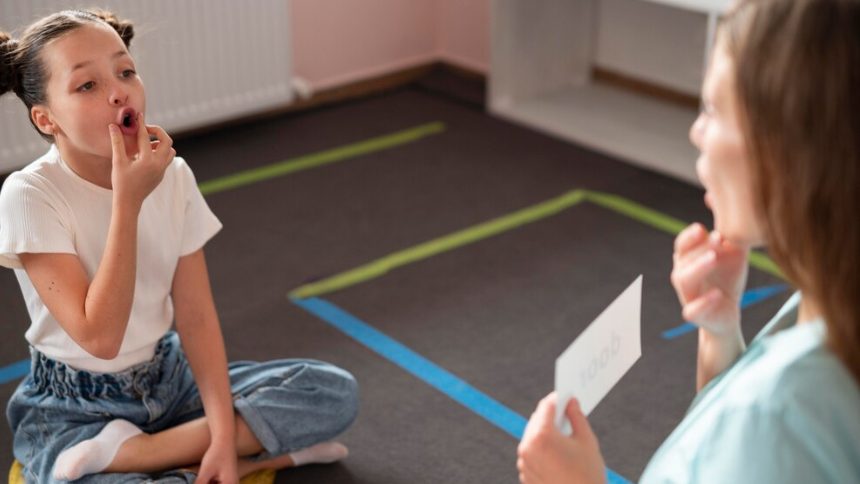
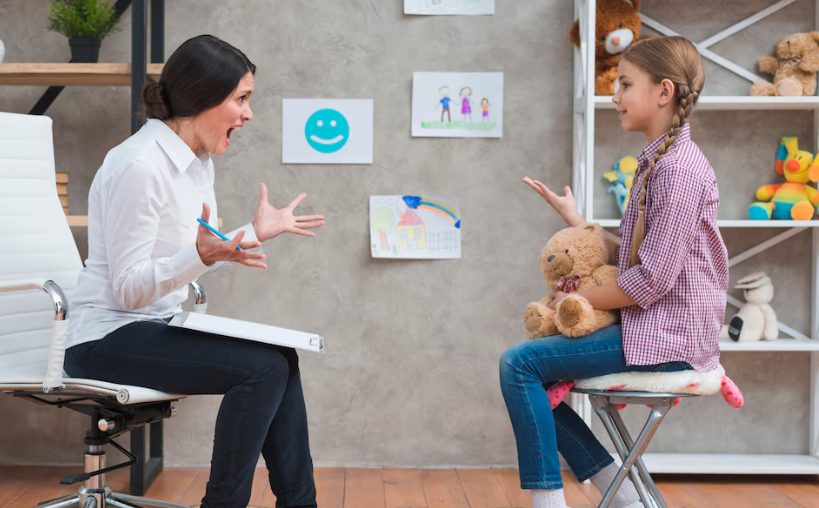
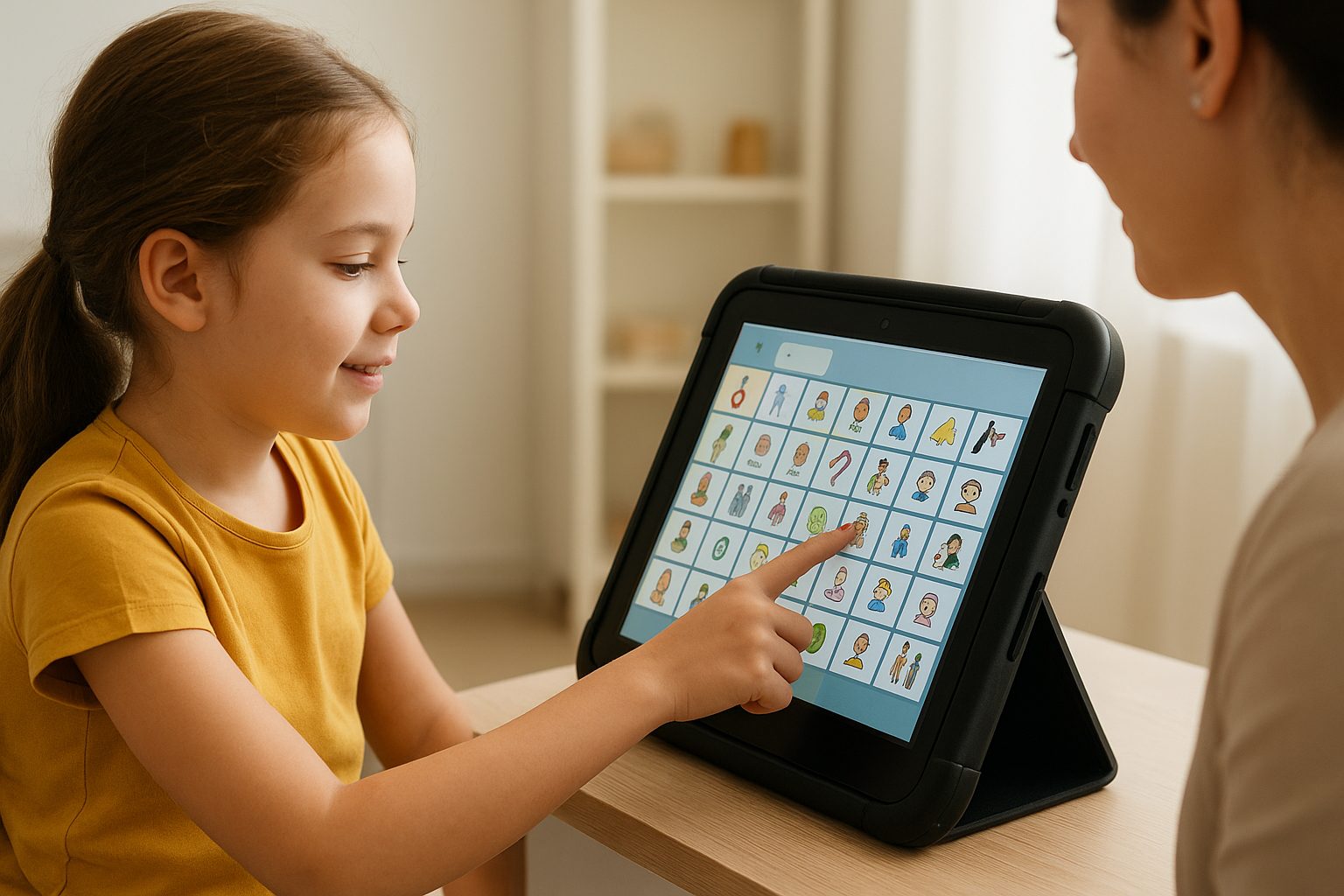
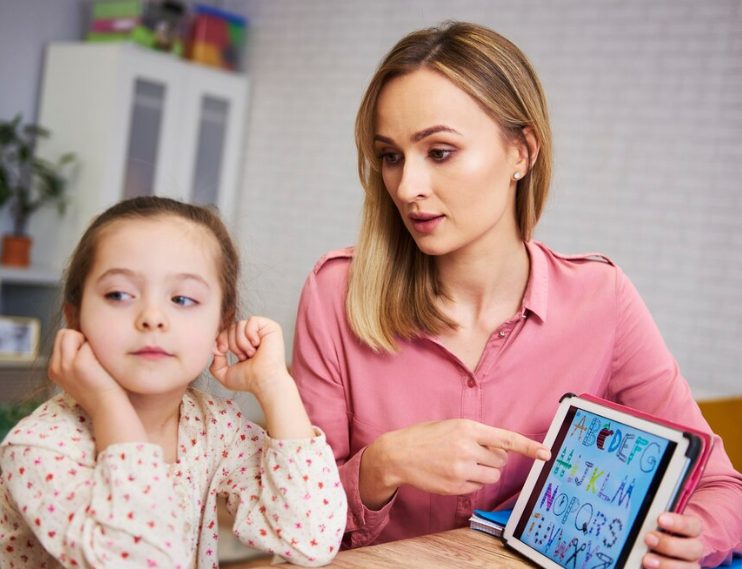

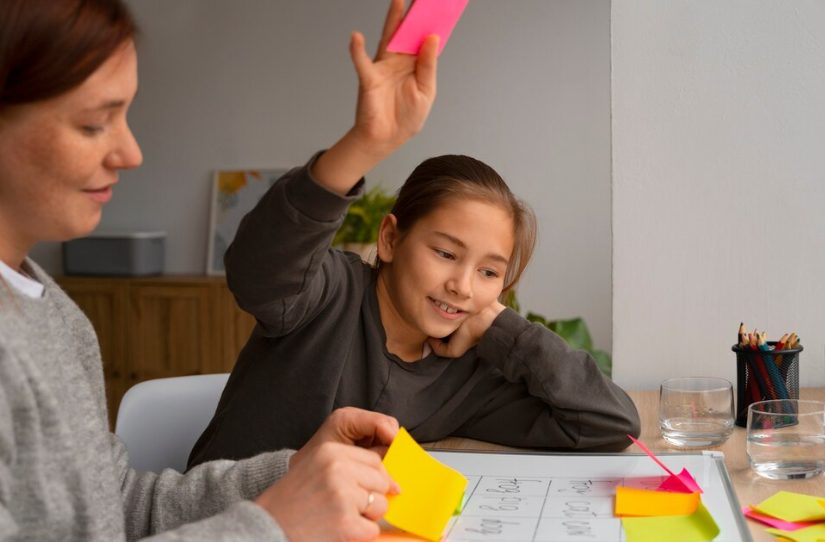
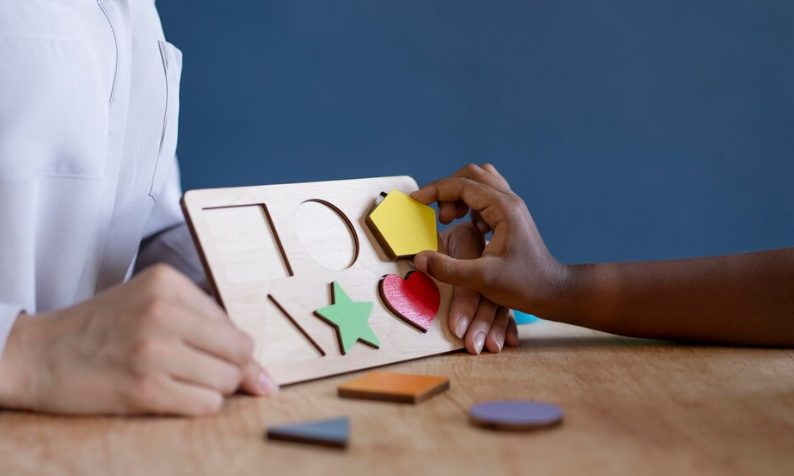
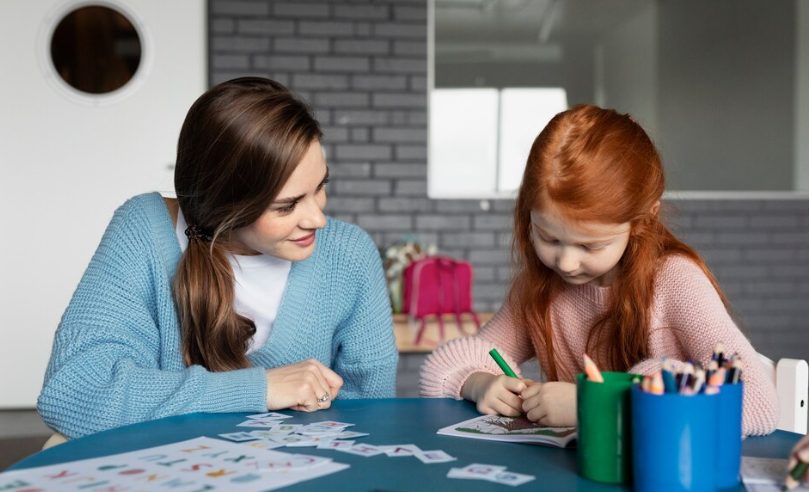


Recent Comments